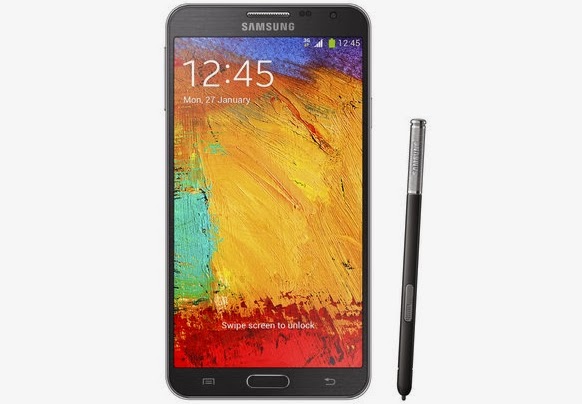New Brain Tech Will Alert You When You Asleep While Driving
Technology for monitoring brain activity and eye movements
might someday be used to detect when a person is falling asleep while driving,
and alert them to prevent an accident.
Electroencephalography involves placing sensors on a
person’s scalp to record the electrical murmurs of the brain’s many neurons.
The researchers measure EEG while simultaneously measuring eye movements.
“This is actually a very challenging task, because whenever
we move our eyes, this introduces very large artifacts into the EEG signal,”
said neuroscientist Matias Ison of the University of Leicester in England, who
is part of the research team.
Scientists could use this technology to detect the telltale
signs of sleepiness in a driver, looking for characteristic patterns of brain
activity and erratic patterns of eye movement that indicate a person is in the
early phase of falling asleep. Indeed, systems that use eye-tracking to detect
sleepy drivers have already been developed. But systems that monitor brain
activity as well could greatly improve detection.
Fatigue is estimated to cause about 20 percent of motor
accidents in the United Kingdom (where the research is being conducted), and
plays a significant role in accidents in the United States and Australia, too,
according to England’s Department for Transportation.
The brain and eye-tracking technology could also be used to
develop brain computer interfaces, which aim to restore movement or communication
to people with serious movement disabilities, and in fact, some systems already
use them. For example, people with amyotrophic lateral sclerosis (Lou Gehrig’s
disease), a disease that causes progressive degeneration of motor neurons,
maintain good control of their eye movements until late stages of the illness,
Ison said. Incorporating eye-tracking with EEG control could lead to improved
brain computer interfaces, he said.
An eye-tracking, brain monitoring experiment in progress. The infra-red camera is on the small black console on the desk in front of the main PC screen. |
But at this point, Ison and colleagues are still trying to
understand the basic mechanisms behind eye movements and brain activity. These
mechanisms are important for, say, recognizing a friend in a crowd. People look
at individual faces in sequence until they find a familiar one, but what is the
brain doing? Until now, people studied this phenomenon by showing participants
pictures and telling them not to move their eyes, because of the artifacts that
movement would create in the brain signals.
“There was a large gap between the way in which we were able
to study the brain and the way in which things occur” in reality, Ison told
LiveScience. He said he hopes to bridge that gap. His current experiments
involve having a person search for a face in a crowd using natural eye
movements.
The first EEG was built more than 80 years ago, and scientists
have been using it for research and clinical applications for the past 50
years, Ison said. Still, “we are really only starting to understand how the
brain works [during] natural viewing under real-life conditions.”



